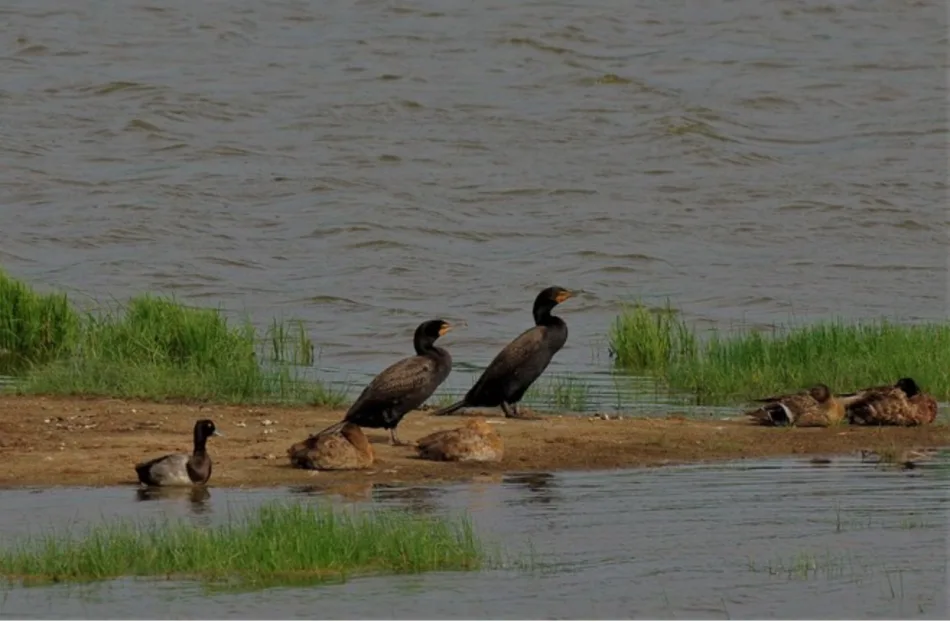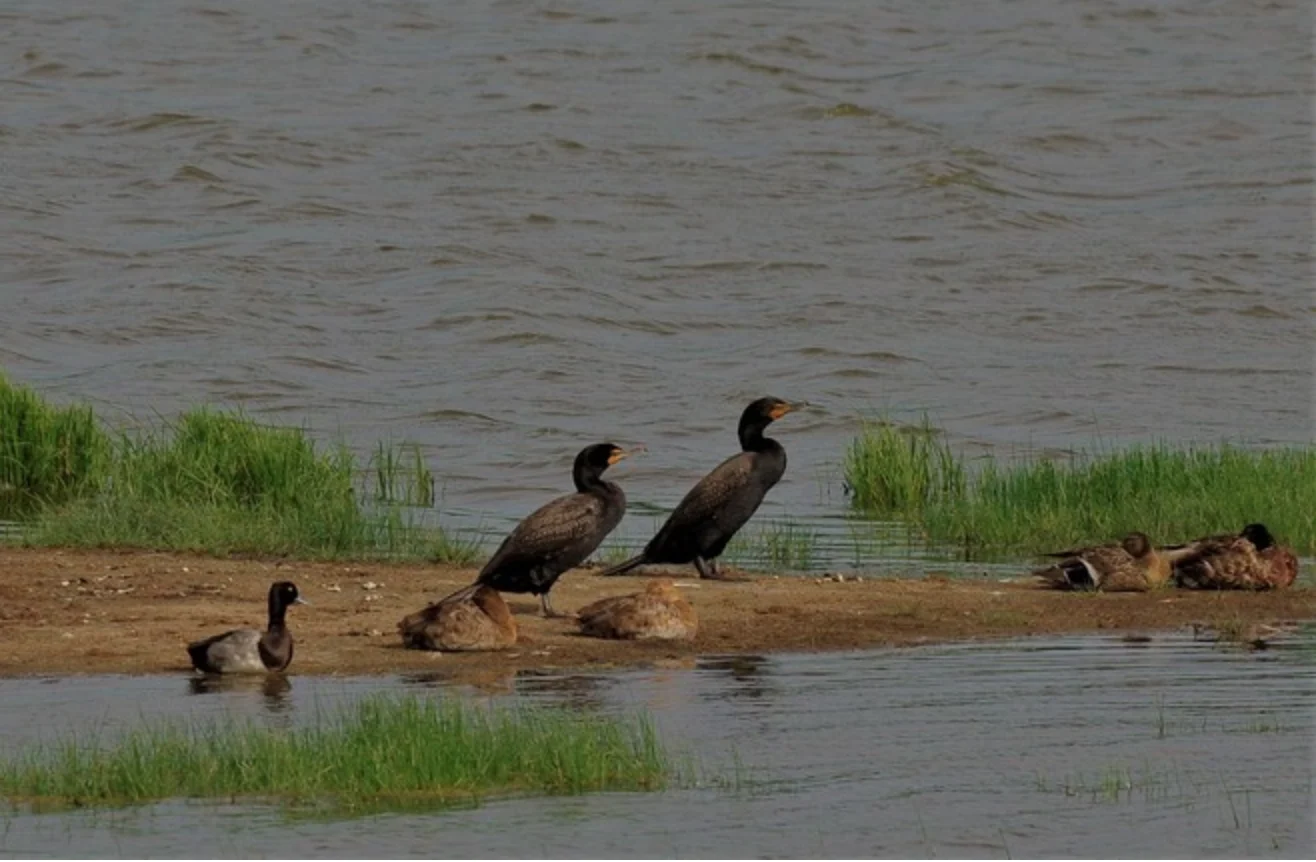
This cottage country superhero keeps our ecosystem thriving

(Photo: Doreen Fitchett via The Weather Network)
The unsung hero of cottage country is...the wetland! Marshes and bogs are two of the five official wetland types in Canada, all of which provide a ton of ecosystem services that keep our environments healthy and beautiful, and even help safeguard against climate change -- all at no extra charge!
You can think of wet, marshy environments as nature’s kidneys -- or, if you prefer, “pollution scrubbers.” Wetlands slow water down, allowing sediments and even heavy metals, such as lead or mercury, to settle. Contaminants may then be absorbed by plants, which also gobble up nutrients in the water, often averting algae blooms downstream.
Described as sponges, wetlands are key to flood and erosion prevention. As the “sponge” slowly releases water, aquifers are refilled, warding off drought. Wetland plants stabilize soil with their roots, and buffer waves and currents.
SEE ALSO: Cottage-bound? Porter now offers Toronto-Muskoka flights
Because wetlands provide seclusion for nesting birds and juvenile turtles and fish, we call them nature’s nurseries.
Plus, just as the lack of oxygen in a bog will preserve a mammoth tusk for thousands of years, so too will it keep plant matter from degrading and releasing carbon. Canada’s boreal peatlands house one-third of all the carbon stored in soils worldwide since the end of the Wisconsin Ice Age. Will that carbon be released as the climate changes? Researchers are studying key bogs in Ontario, Manitoba, and Northern Alberta to understand their potential responses. Marshes are also chock full of carbon, as well as pollutants trapped in sediments. Disturbing them can disperse the substances they’ve sequestered away.
With more extreme weather, we’ll see a rise in the occurrence and severity of floods and droughts. The good news: wetlands can help. A two-hectare wetland, for example, can catch runoff from a 140-hectare area. But wetland flora and fauna need time to adjust to changes—to, literally, being underwater or not. As water levels rise and fall more frequently, wetlands, our natural climate-change defenders, may become overtaxed. But the more we understand them, the more we’ll protect them and their ability to help us weather the storm.
Find out more about wetlands and how to be a wetland guardian.
This article, written by Anita Lahey, was orginally published for Cottage Life










